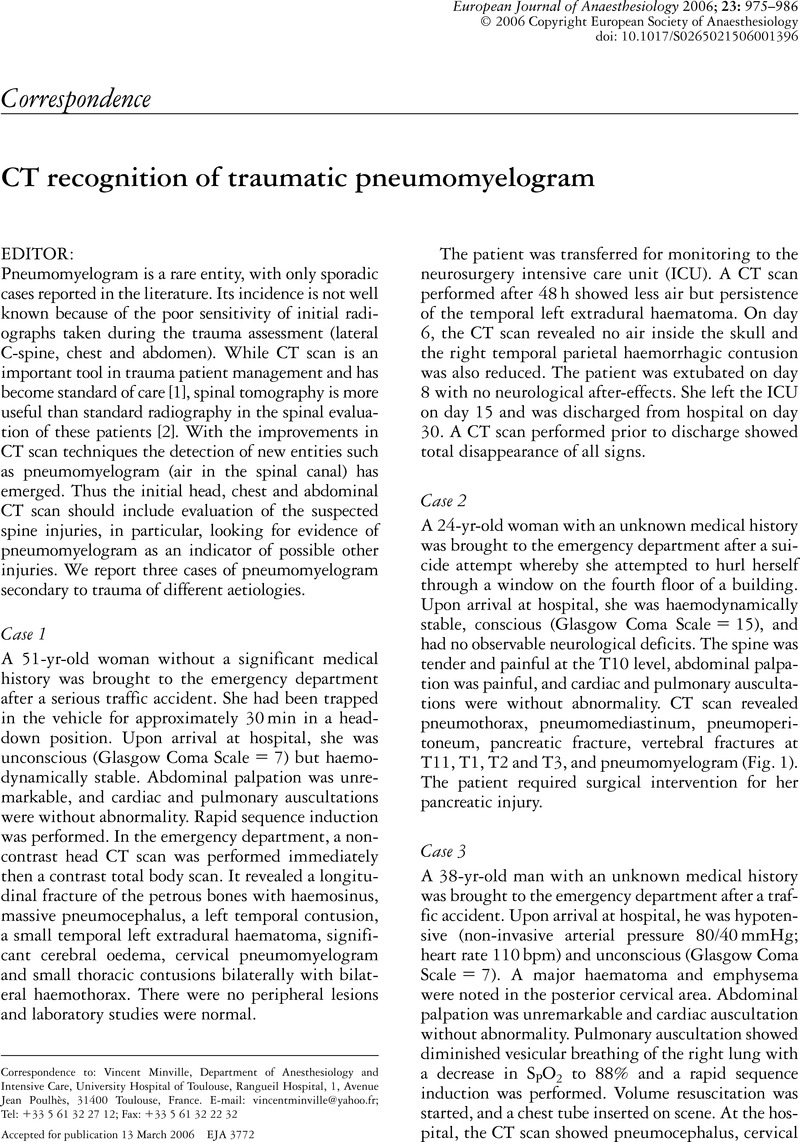Crossref Citations
This article has been cited by the following publications. This list is generated based on data provided by Crossref.
Goldmann, Kai
Dieterich, Jœrg
and
Rœssler, Marion
2007.
Laryngopharyngeal mucosal injury after prolonged use of the ProSealTM LMA in a porcine model: A pilot study.
Canadian Journal of Anesthesia/Journal canadien d'anesthésie,
Vol. 54,
Issue. 10,
p.
822.
Cooper, Richard M.
2007.
ProSeal LMA — how long is too long?.
Canadian Journal of Anesthesia/Journal canadien d'anesthésie,
Vol. 54,
Issue. 10,
p.
786.



